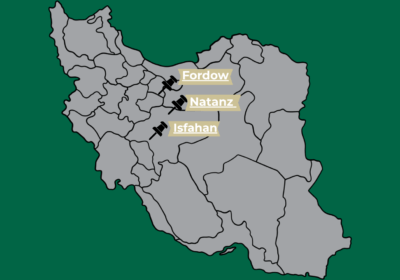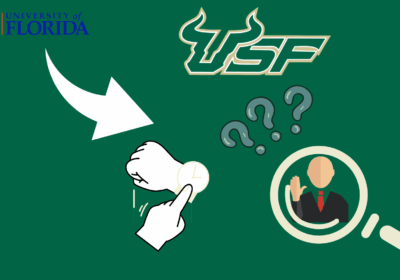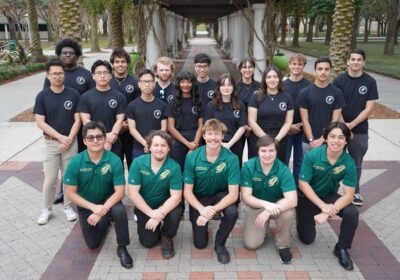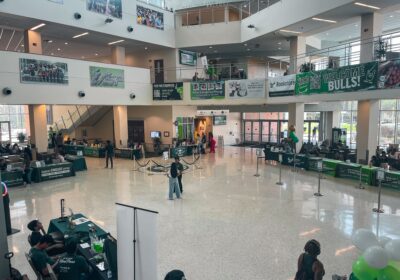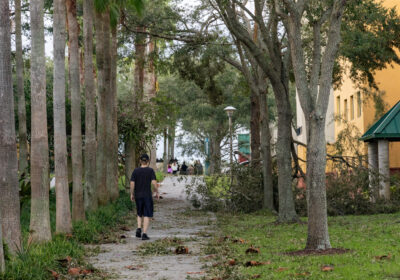Oversale of parking permits proves problematic for some students
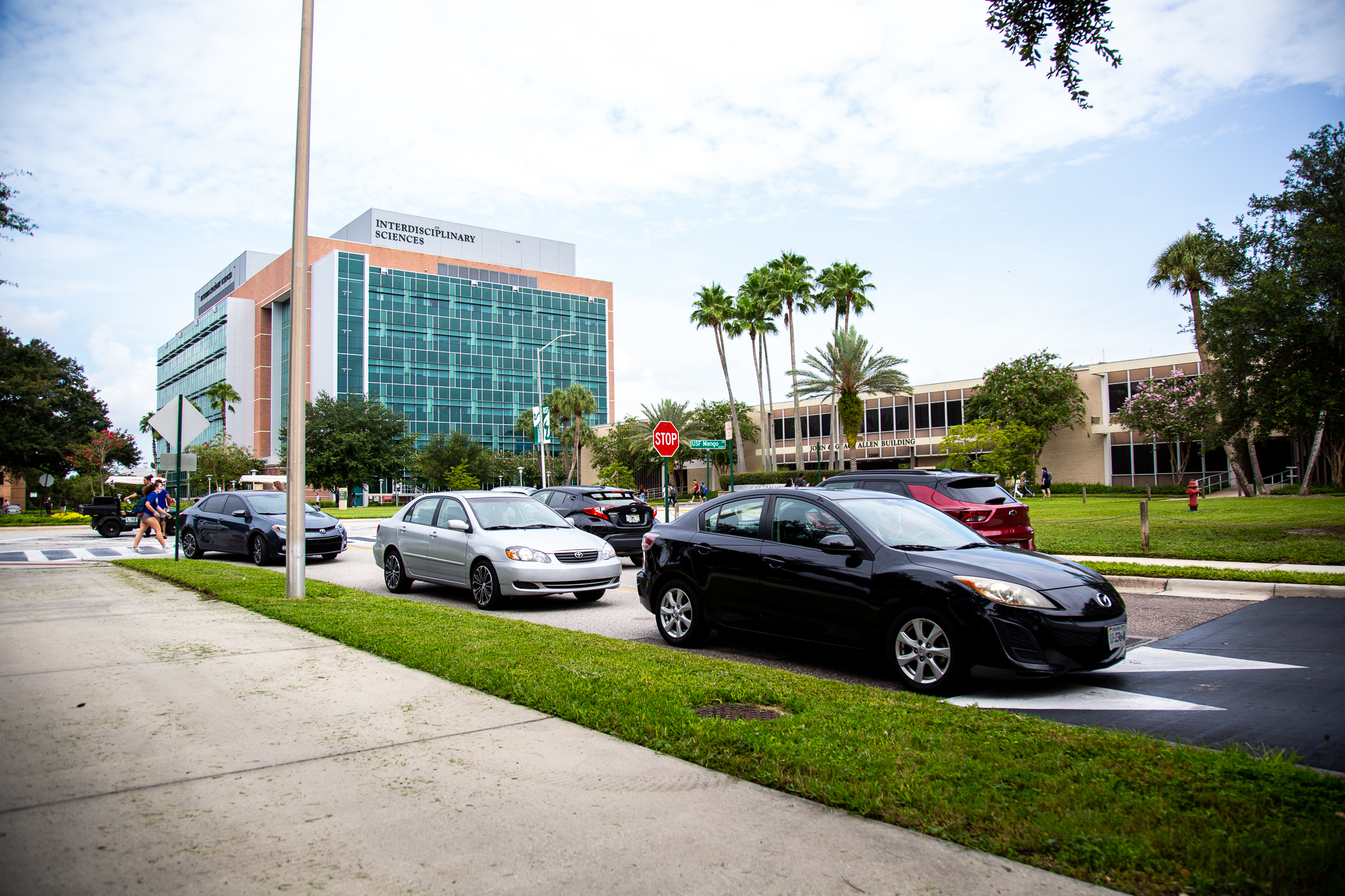
USF continues to sell more parking permits than available space, and having more students than ever living on campus this year, some students are experiencing difficulty finding available spots.
The number of permits sold each year exceeds the number of parking spots available on campus, but 100% of the permit owners are not on campus at the same time, according to Associate Director of Communications Aaron Nichols.
In 2019, about 28,000 total parking permits were sold, according to Communication and Marketing Officer Colton Morgan. He said an average of 75% of parking spaces were utilized at once.
USF has over 20,000 spots across campus, according to Parking and Transportation Services (PATS). That means it would have only taken about 72% of permit holders to be parked on campus to reach capacity.
The number of permits sold in 2022 will not be known until October, according to Morgan, but PATS estimates that parking will be about 63% full when official numbers are released.
There has been a 17% decrease in usage of spots since 2019, and PATS doesn’t predict that the number of permits sold will return to pre-pandemic numbers this year.
When the pandemic began, only about 10,000 permits were sold, cutting the number of utilized spots in half, according to Morgan. Since 2020, the number of permits sold has increased each year. By fall 2021, 23,000 permits were sold, with an average of 52% of the spots being utilized on campus at a time.
Despite the decrease in usage, sophomore public relations and advertising major Jeislian Quiles has difficulty finding a spot close to some of her classes. This has impacted her ability to get to class on time, regardless if she leaves early.
“Last week it took me 30 to 40 minutes to [find] a space. I don’t want to be late to class, especially during drop/add week,” Quiles said.
Around 11 a.m. every weekday, parking lots and garages fill up close to the classrooms, according to Nichols. Once a garage has no available spaces left, PATS posts a digital sign stating it is full. However, students continue to attempt to park in garages due to their close proximity to classrooms.
This results in lines in garages that are posted as full during busy times, Nichols said.
Regardless of the full garages, S lots and garages have availability in various parts of campus, according to Nichols. While they are not close to the classroom buildings, these lots allow for commuter students to park on campus and walk to class or take campus transportation.
Nichols said students could also utilize the Bull Runner from further parking locations to get to class in a timely manner.
However, junior health sciences major Kameron Faulkenberry, who commutes to campus, still has concerns about getting to class on time when taking the bus.
“If I’m relying on that to make it from one class to another and for whatever reason it’s running late that day, I just don’t like the variability of relying on what is essentially public transportation,” Faulkenberry said.
With only 15 minutes in between classes that are across campus from each other, he has to consider the walk to his car, the drive and the time it takes to find a parking spot in the next parking lot, according to Faulkenberry.
“I’ve had to pay for timed parking in order to make it to class on time, just because I can’t find a spot anywhere else,” Faulkenberry said.
Sophomore mechanical engineering major Luke White, a resident on campus, experiences similar problems, often making several laps in attempts to find a spot in close proximity to his dorm.
“I’ve almost been late to classes because I’ve had to run out, go grab something, and have to come back, and I can’t find a spot or I’ve got to park [far] away,” White said.
There is one R parking space for every two beds on campus within close proximity to residence halls, according to Nichols, considering not every person living on campus has a car.
There are also parking lots in close proximity to amenities around campus, but not necessarily to residence halls, Nichols said, providing additional convenience for those who wish to use the amenities.
The campus master plan, which serves as a guideline for potential future buildings on campus, features plausible future parking structures based on demand. When looking at if these structures should be constructed, things like pedestrian traffic and access to the perimeter of campus are considered, according to Nichols.
Even if more parking garages were to be added, there would most likely not be many added near the educational buildings considering these factors, according to Nichols. Currently, there are still spots available around campus, so PATS does not find a need to add garages and increase prices when there are spots available, according to Nichols.
Even though statistics show that spots are still available, White feels as though the university has underestimated how many spots are really needed for the students on campus.
“It really seems like they have way less parking than residential living quarters, and they really underestimated how many students actually come with cars,” White said.
Additional reporting by Karen Medina.


